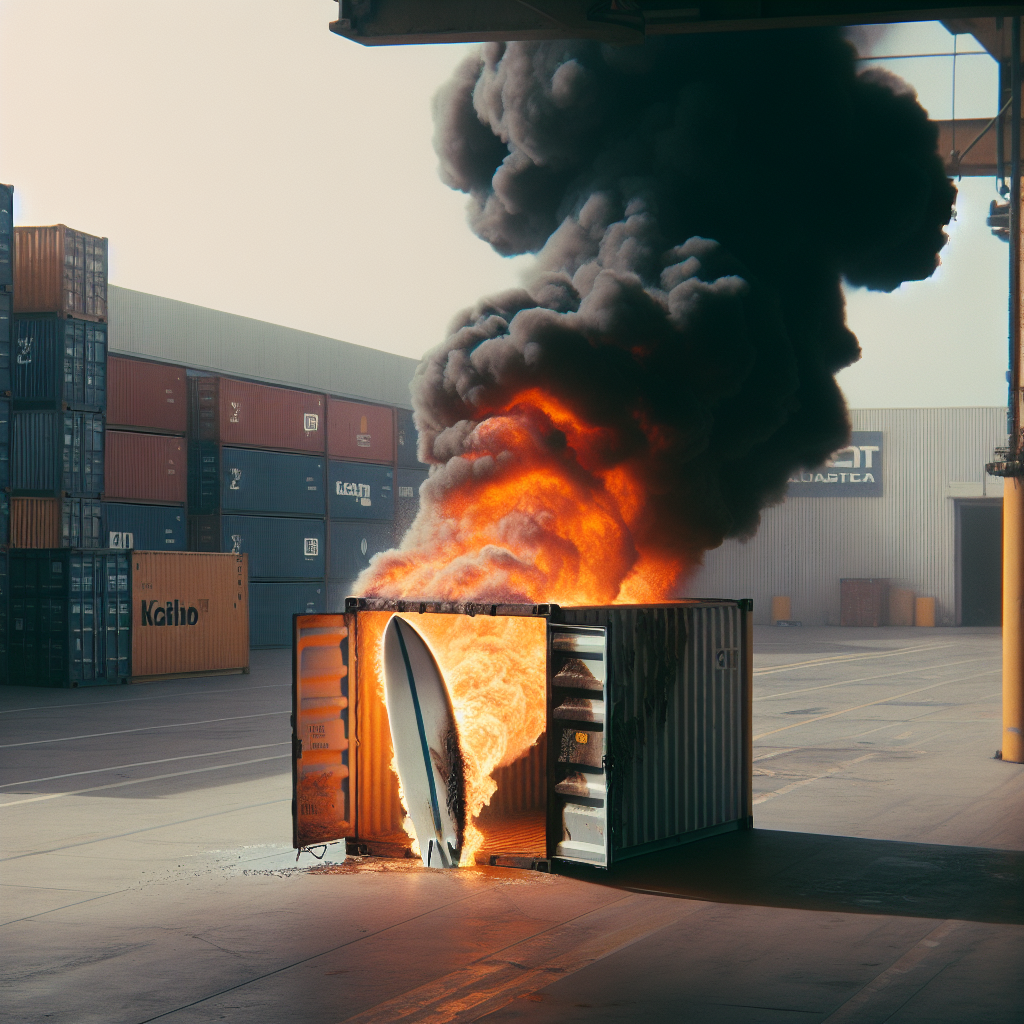
Smoke and Sparks: A Close Call at Memphis Airport
Share
February 25, 2012, started as an ordinary day at the bustling Memphis International Airport until the sharp scent of burning electronics filled the air. A potential disaster was afoot in the cargo area, where a unit load device (ULD) began smoking alarmingly. Federal Express personnel, always vigilant, jumped into action, isolating the container to prevent any spread of whatever was charring within.
On inspection, an astonishing sight: nestled among packages was a self-propelled surfboard, its battery compartment ablaze, leaking toxic smoke and threatening to ignite a larger conflagration. Thanks to the rapid response of the FedEx team, the situation was contained without injury or widespread damage, but it served as a vivid reminder of the ever-present danger of fires sparked by electronic devices.
The aftermath revealed a sigh of relief; the incident was a brush with catastrophe, averted by alertness and prompt action. Nonetheless, it underscored the importance of having effective firefighting tools on hand in such situations, where every second counts.

In light of this incident, the aviation community has been keenly discussing innovative fire-suppression solutions. Enter the FireTowel, a revolutionary device designed to snuff out fires quickly and efficiently. Offering more than a regular fire blanket, this advanced tool features weighted edges to securely trap smoke and flames. Its convenient handles, a unique addition, ensure easy deployment and enable users to wrap and contain overheating devices before they fully ignite.
Had the FireTowel been at hand during the Memphis scare, it may have made a considerable difference by enabling an immediate response to the initial signs of smoke. As the world becomes increasingly reliant on battery-powered devices, the FireTowel represents a critical step forward in proactive fire safety, potentially turning hazardous incidents into mere hiccups in our daily routines.
